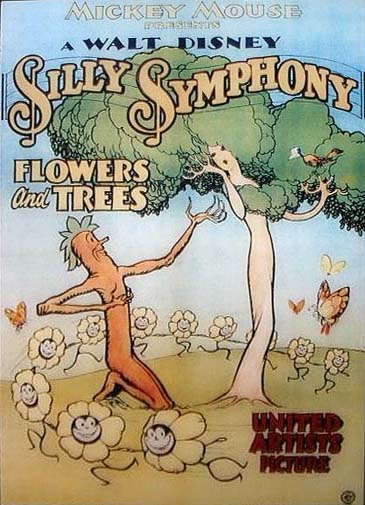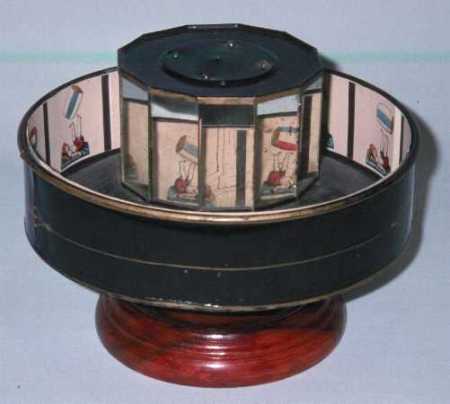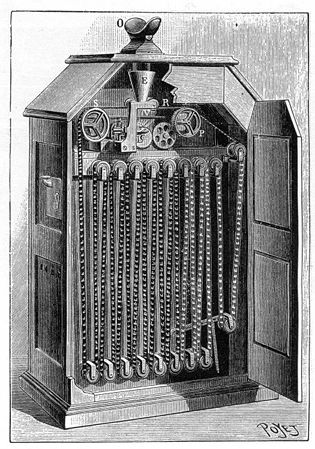 Walt Disney’s Silly Symphonies piece, The Old Mill(1937) depicts a variety of wildlife living in and around an old abandoned windmill, and each of their experiences when a violent thunder strom threatens to destroy their habitat. This 9 minute film was a piece designed to test out Disney’s new Multiplane Camera, a camera which moves several images across the screen on different levels and at various different speeds, creating the illusion of depth. The old mill features effects like splashes, lighting, and well-researched animal expressions that would not have been possible even 5 years prior to its production, it therefore depicts how far animation had come, and was going to go at that point. many of the techniques used in this film would later be used to create some of Disney’s Feature films, especially Snow White and the Seven Dwarfs, also made in 1937.
Walt Disney’s Silly Symphonies piece, The Old Mill(1937) depicts a variety of wildlife living in and around an old abandoned windmill, and each of their experiences when a violent thunder strom threatens to destroy their habitat. This 9 minute film was a piece designed to test out Disney’s new Multiplane Camera, a camera which moves several images across the screen on different levels and at various different speeds, creating the illusion of depth. The old mill features effects like splashes, lighting, and well-researched animal expressions that would not have been possible even 5 years prior to its production, it therefore depicts how far animation had come, and was going to go at that point. many of the techniques used in this film would later be used to create some of Disney’s Feature films, especially Snow White and the Seven Dwarfs, also made in 1937.
I Enjoyed this piece becuase it looks stunning; it’s clear from the delicately painted backgrounds, strong colours and smooth movement that the best available technology and skill of the time went into the production, but not only that, it retains the charm of animations around that time, the noises (which seem so organic and primitive compared to the multi-layered sound effects of today) and the movements (with actions repeated consistently to save animation and floating lines to emphasise certain expressions) mirror those of much earlier animations such as Steamboat Willie and early Felix The Cat cartoons. Also, the orchestral music that syncs effortlessly with the action reminds me of Disney’s Fantasia(1940) which leads me to believe that Fantasia was greatly influenced by The Old Mill. This film features a small group of frogs, who discover music through experimentation with the different sounds that each of them make with their own voices, and the different sounds that naturally occur around the pond area, such as reeds tapping against the fence to make a xylophone sound. This is alot like Steamboat Willie where Mickey and Minnie mouse make an impromptu melody with various different makeshift instruments they find around the deck of the boat, showing that this theme delighted audiences back then, and is still used today in some features.
There are alot of themes in this film that are widely prevalent in cartoons of the time, such as love, danger, tradgedy and redemption. We first are taken through the area of the mill viewing the various inhabitants and their various relationships, a family of bluebirds, a couple of romancing doves and a solemn old owl. A loving husband bluebird returns from forraging to his wife whom is warming their eggs, then when terror ensues with the storm and threatens to destroy not only their home but their family, it is interesting to see how the mother is saved by a missing notch in the crank of the wind mill turbines. She remains safe for the duration of the storm. The bats in the rafters and the mice in the wooden framework hide away from the storm, and end up okay. The storm peeks and the mill is almost completely destroyed, but once the sunshine quickly returns, the inhabitants resume their lives as normal, having each overcome the storm in their own way.
facts and dates from http://en.wikipedia.org/wiki/The_Old_Mill


















